
Structural differences of safe locks.
There are 4 classes of safe locks – A, B, C, D. The classes are distinguished by the number of combinations, resistance to burglary and resistance to criminal opening.
Burglary resistance is resistance to 3 types of destructive impact on the mechanism: mechanical impact (hammer, perforator, etc.), thermal tools (e.g. gas burner) and electromagnetic fields.
Resistance to criminal opening is an abstract value, for the calculation of which a special formula is used.
We will not describe the formula, but we will give its values for different classes of locks: A – 30 units, B – 60 units, C -120 units and for D – 620 units. Thus, class B locks are twice as difficult to open as class A, and class C is twice as resistant as B.
Class A – installed on safes of 0-2 classes, designed to protect against burglary by mechanical and electromechanical tools (lock picks, hammer, screwdriver, drill). The number of combinations for code locks of class A is 80-100 thousand. Let it not mislead you that this is the initial class of burglary resistance of locks. If the lock has received a certificate of any class – it is already a very reliable lock, to open which without a key or code will be almost unreal.
Class B – is installed on safes of 3-5 classes, it is designed for protection against burglary by mechanical and electromechanical tools. The number of combinations – from 100 thousand to 1 million. The fact that this class is installed on bank safes speaks for itself. Class B is more than enough to protect your personal money and valuables.
Class C – installed on safes of 6-10 classes, designed to protect against burglary by mechanical, electromechanical and thermal (eg, torch) tools. The number of combinations is 1-3 million. These heavy-duty locks are quite expensive and are installed on banking equipment, as well as in government agencies with a high level of security.
Class D – installed in emergency cases. This class, in addition to all of the above, is resistant to electromagnetic fields. The number of combinations – from 3 million and more. This is the pinnacle of reliability.
Usually safes are sold with built-in locks, but there are manufacturers who install locks of your choice. If desired, the lock can be replaced, but of course it will not be free.
If for one reason or another you decide to choose a lock for the safe yourself, it is necessary that the class of the lock corresponds to the class of the safe.
For safes with burglary resistance H0, 1, 2 class A is recommended, for models of 3-5 class it is better to install class B, etc.
If you put the most expensive lock on a cheap safe, it will not help to protect it from burglary. A burglar will not even try to open it, but will simply break the wall of the safe. If you decide to save money by putting a cheap lock on a good safe, an experienced burglar will easily open it.
Whichever lock you have installed, periodically the key is lost or broken. In such cases, you can call a locksmith for emergency opening.
To speed up the process of recognizing the installed lock, in this article we will break down the visual differences between the most popular safe locks
Below is a visualization of the key points for lock identification.
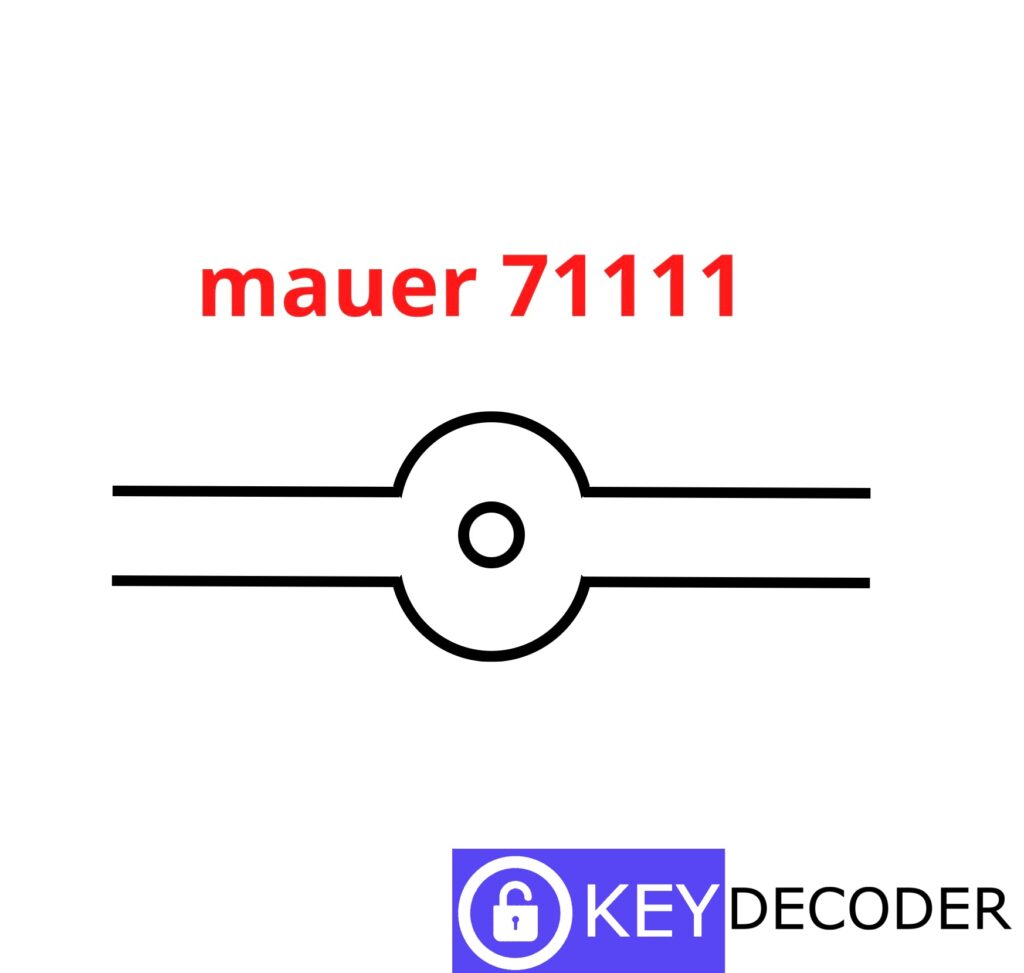
Visual representation of the Mauer 71 lock bore
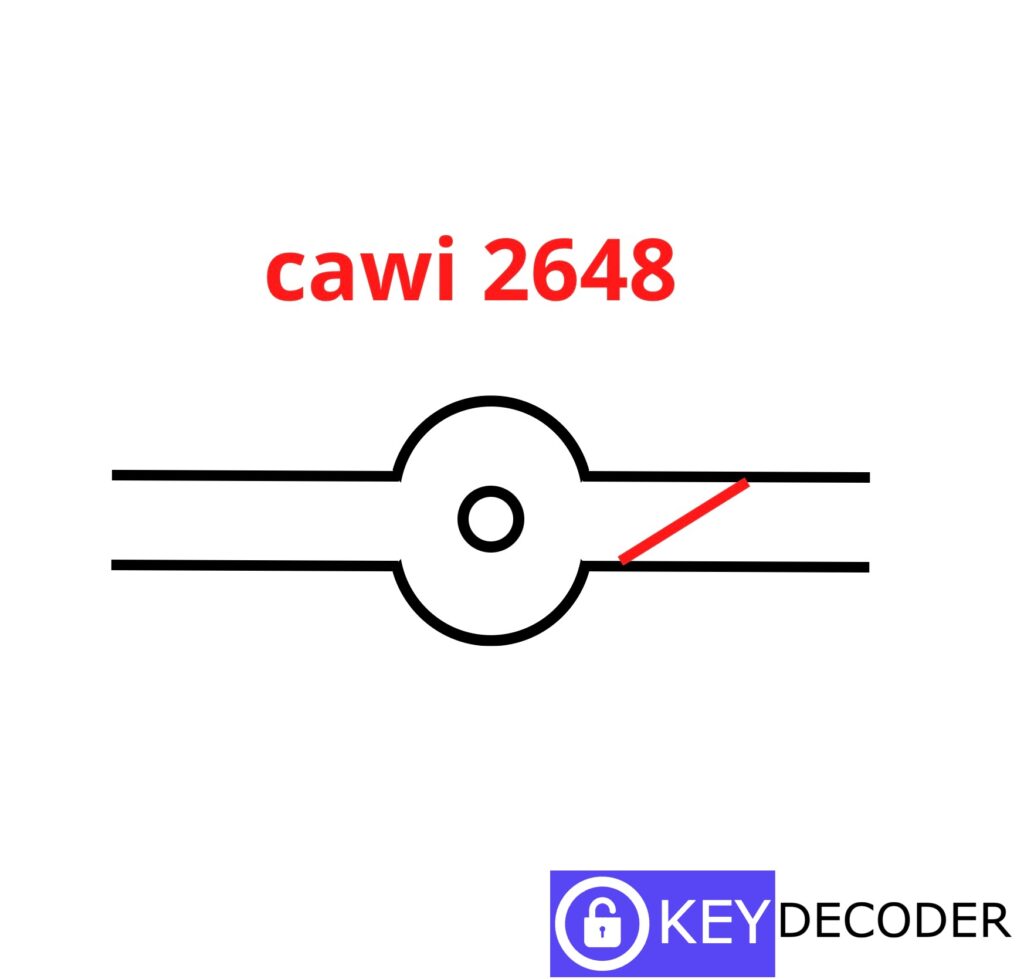
Visual representation of the Cawi 2648 lock bore
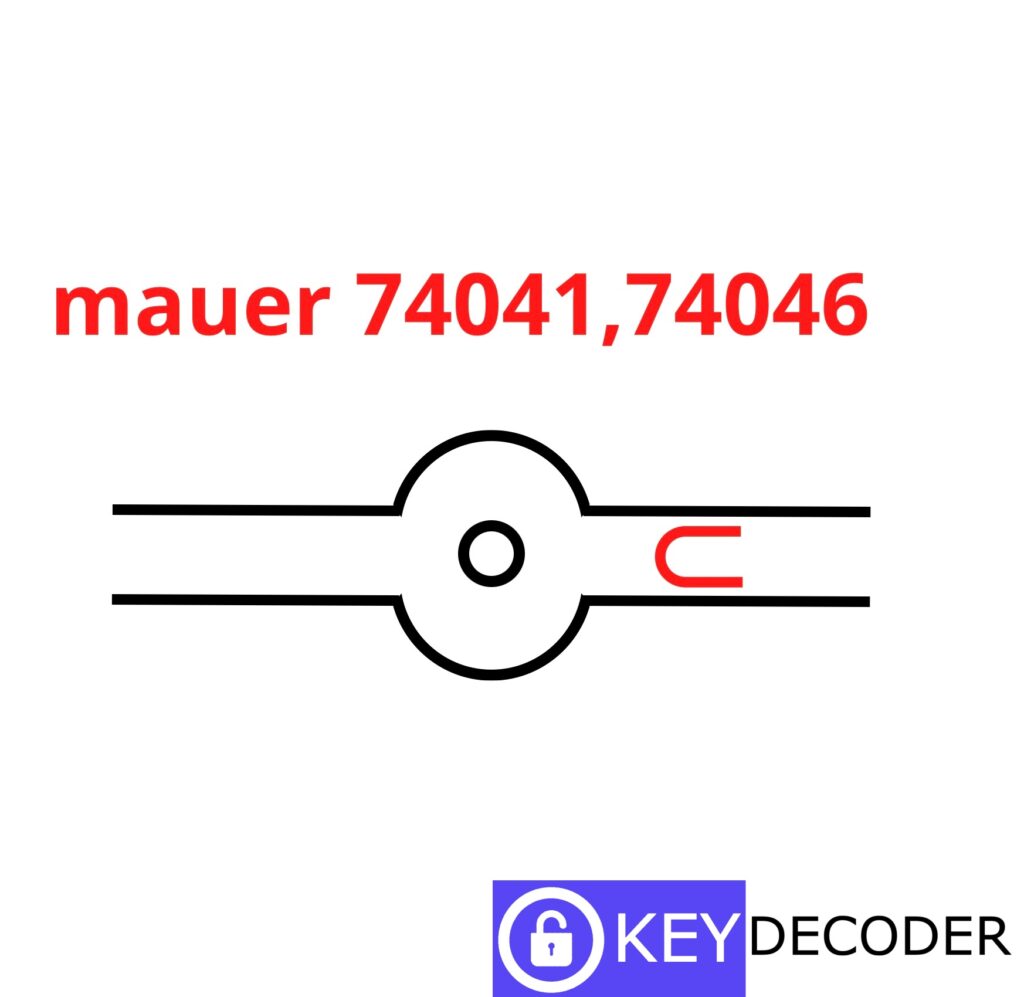
Visual representation of the Mauer 74 lock bore
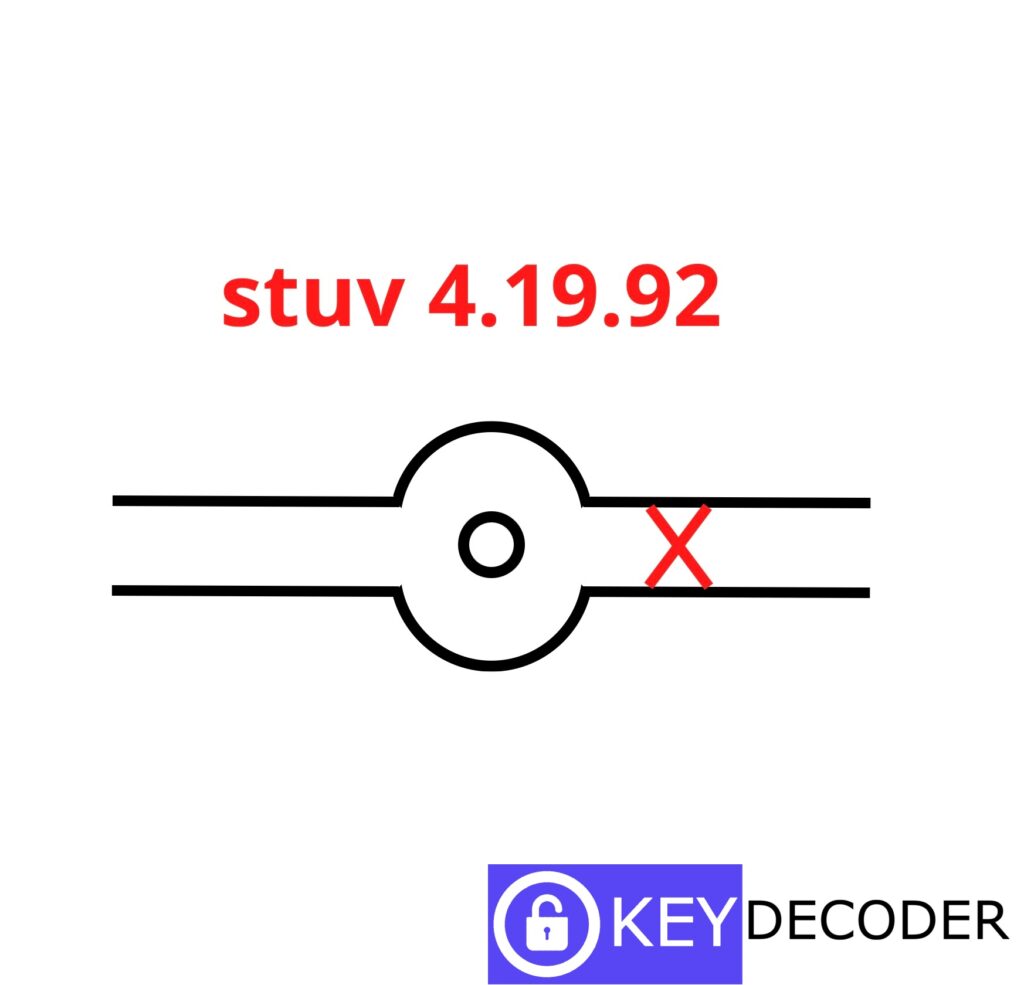
Visual representation of the Stuv 4.19.92 lock bore
Also below you can see the same pronounced distinctive features on the real locks
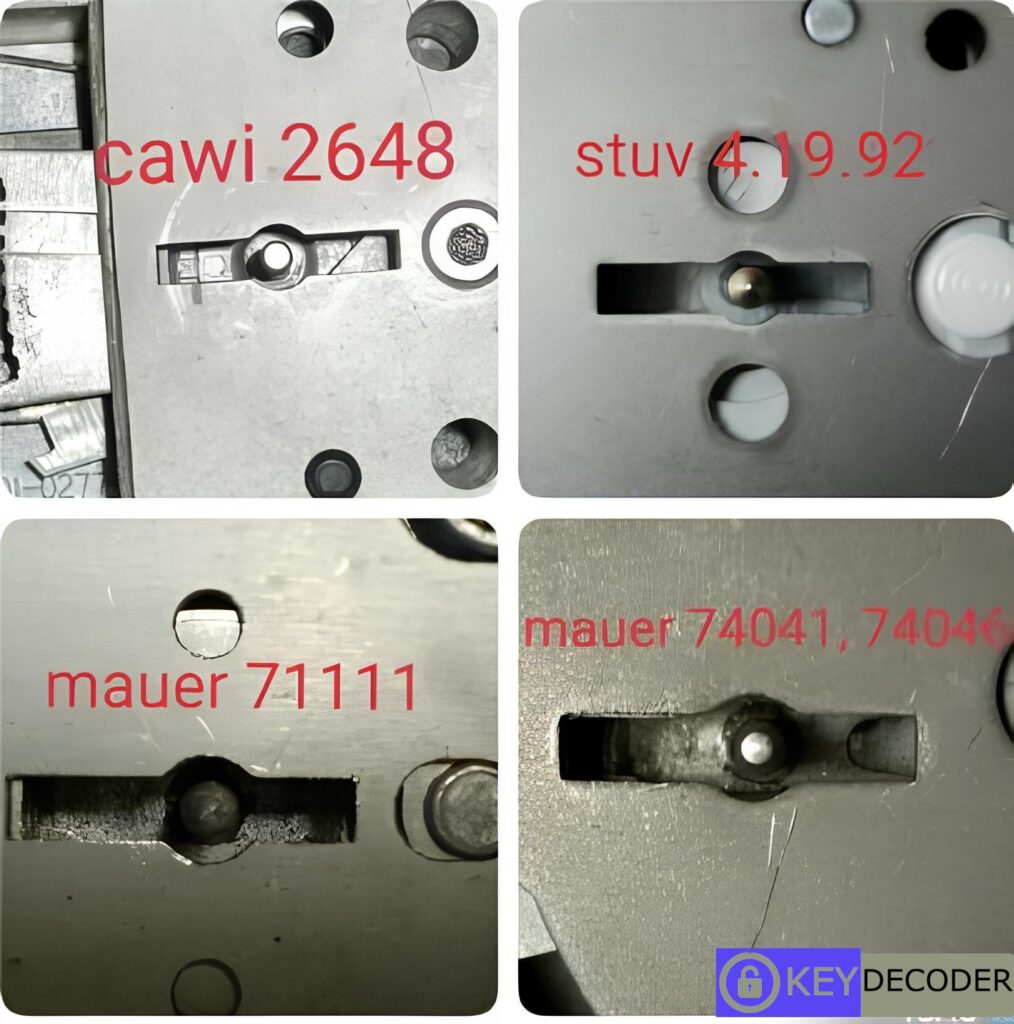
Visual representation of the real locks
I hope this information will be helpful in speeding up the process of recognizing locks in a workable manner